1. Introduction
Voice recognition technology has come a long way since its inception. From basic speech analysis to complex natural language processing, AI has played a pivotal role in enhancing the accuracy and functionality of voice recognition systems. This article explores the evolution of AI-driven speech-to-text technology and its impact on various sectors.
2. The Basics of Voice Recognition
Voice recognition, also known as speech recognition, is the process of converting spoken language into written text. It involves capturing audio input, analyzing it, and transcribing it into a textual format. The goal is to enable machines to understand and interpret human speech, facilitating seamless communication between humans and technology.
3. Early Developments in Speech-to-Text Technology
Early developments in speech-to-text technology can be traced back to the 1950s when researchers started exploring pattern recognition techniques. These early systems had limited vocabulary and required precise pronunciation. However, with advancements in computing power and the emergence of AI, voice recognition technology gradually improved.
4. Advancements in AI and Neural Networks
The advent of AI and neural networks revolutionized the field of voice recognition. Neural networks, inspired by the human brain, allowed machines to learn patterns and recognize speech more accurately. Deep learning algorithms, a subset of neural networks, further enhanced the capabilities of voice recognition systems by analyzing vast amounts of data.
5. Natural Language Processing (NLP) and Voice Recognition
Natural Language Processing (NLP) is a branch of AI that focuses on enabling machines to understand and interpret human language. NLP plays a crucial role in voice recognition by allowing systems to analyze not only individual words but also the context and meaning behind them. This enables more accurate transcription and better comprehension of spoken language.
6. Deep Learning and Automatic Speech Recognition (ASR)
Automatic Speech Recognition (ASR) is a key component of voice recognition systems. Deep learning algorithms, combined with ASR techniques, have significantly improved the accuracy and reliability of transcriptions. These systems leverage large datasets to train models that can adapt to different speakers, accents, and languages.
7. Voice Assistants and Virtual Agents
The rise of voice assistants and virtual agents, such as Siri, Alexa, and Google Assistant, has brought voice recognition technology into the mainstream. These intelligent systems can understand spoken commands, answer questions, perform tasks, and even engage in conversations. They rely on AI algorithms to process and interpret voice input, providing users with a seamless and intuitive experience.
8. Applications of AI in Voice Recognition
AI-powered voice recognition has found applications across various industries. In customer service, voice recognition systems enable interactive voice response (IVR) systems, allowing callers to navigate menus and access information using their voice. In healthcare, voice recognition technology simplifies medical dictation, enabling physicians to dictate patient notes directly into electronic health records. Moreover, voice-controlled smart devices, automotive voice assistants, and language translation services are some of the other areas where AI-driven voice recognition has made significant contributions.
9. Challenges and Limitations
While AI has significantly improved voice recognition technology, challenges and limitations still exist. Accurate transcription in noisy environments, dealing with multiple speakers, and understanding complex sentences are some of the challenges that need further refinement. Additionally, privacy concerns and the potential for biased algorithms in voice recognition systems require careful consideration and mitigation.
10. Future Outlook
The future of voice recognition technology looks promising. Advancements in AI and machine learning algorithms will continue to refine speech-to-text systems, making them even more accurate and adaptable. Integrating voice recognition with other emerging technologies like natural language understanding, emotion recognition, and context-aware computing will unlock new possibilities and applications.
11. Conclusion
AI-driven voice recognition technology has come a long way, transforming the way we interact with machines and enabling more natural and intuitive communication. Through advancements in AI, neural networks, and natural language processing, voice recognition systems have become increasingly accurate and versatile. As the field continues to evolve, we can expect further improvements and exciting applications in the future.
Frequently Asked Questions (FAQs)
- What is voice recognition technology? Voice recognition technology converts spoken language into written text, allowing machines to understand and interpret human speech.
- How has AI contributed to voice recognition? AI has enhanced voice recognition technology by leveraging neural networks, deep learning algorithms, and natural language processing to improve accuracy and comprehension.
- What are some applications of voice recognition technology? Voice recognition technology is used in customer service, healthcare, smart devices, automotive voice assistants, language translation services, and more.
- What challenges does voice recognition technology face? Voice recognition technology still faces challenges such as accurate transcription in noisy environments, dealing with multiple speakers, and understanding complex sentences.
- What does the future hold for voice recognition technology? The future of voice recognition technology is promising, with advancements in AI and machine learning expected to enhance accuracy and open up new applications.



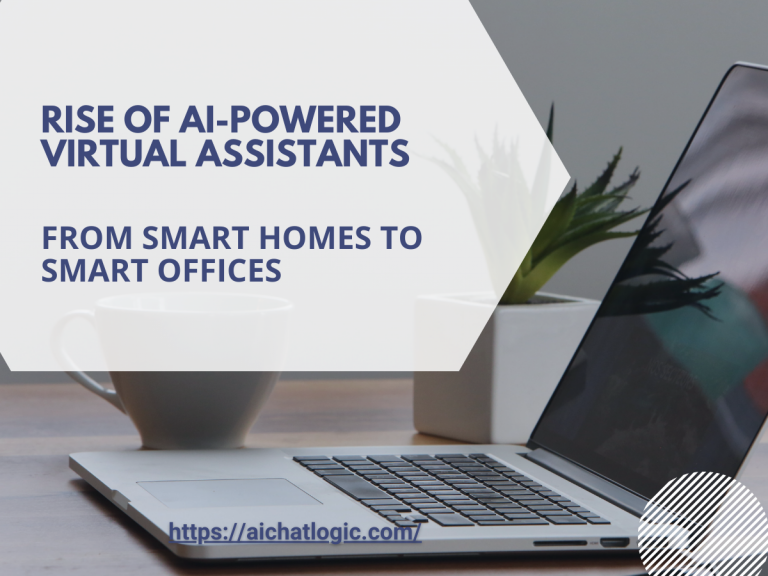
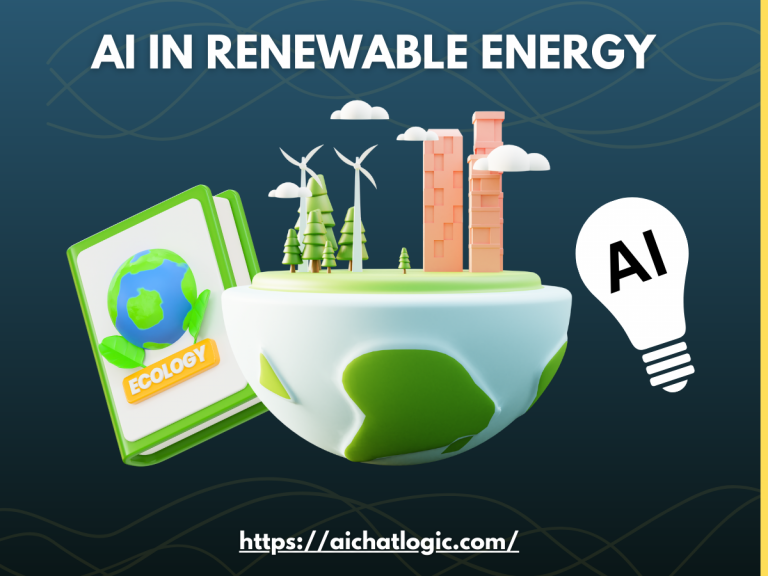



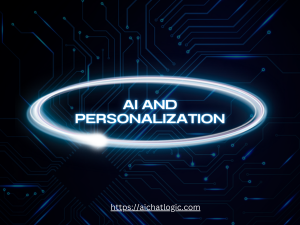
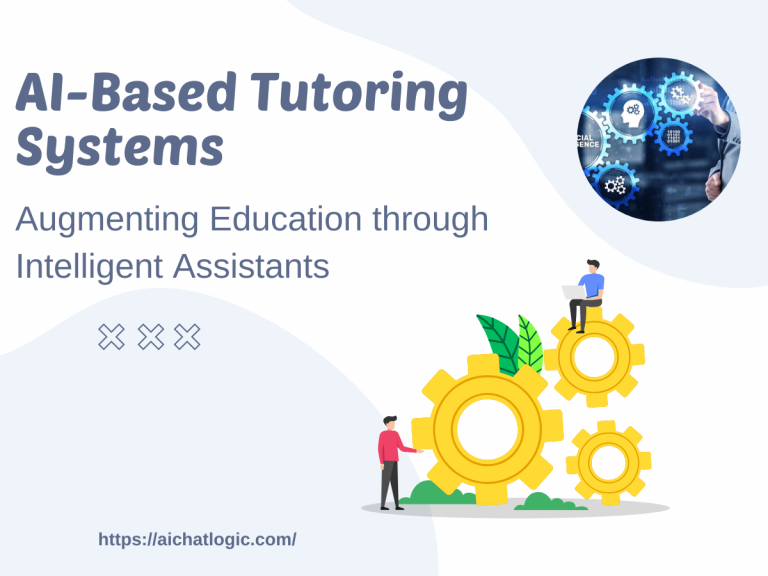
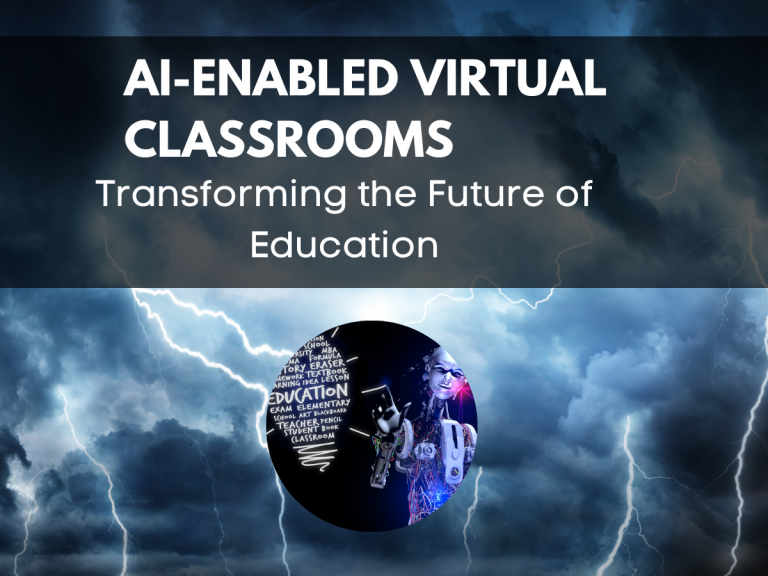

+ There are no comments
Add yours